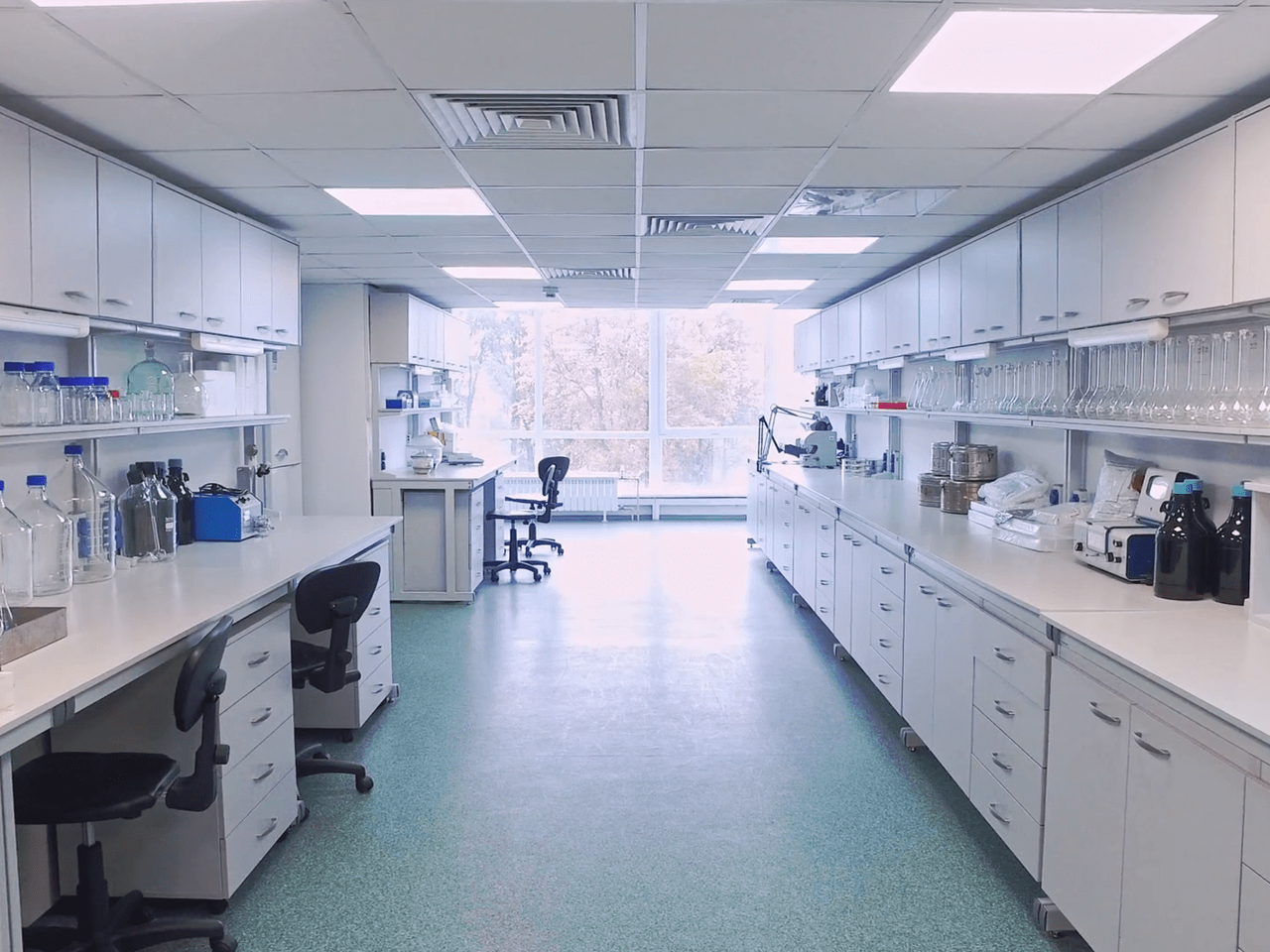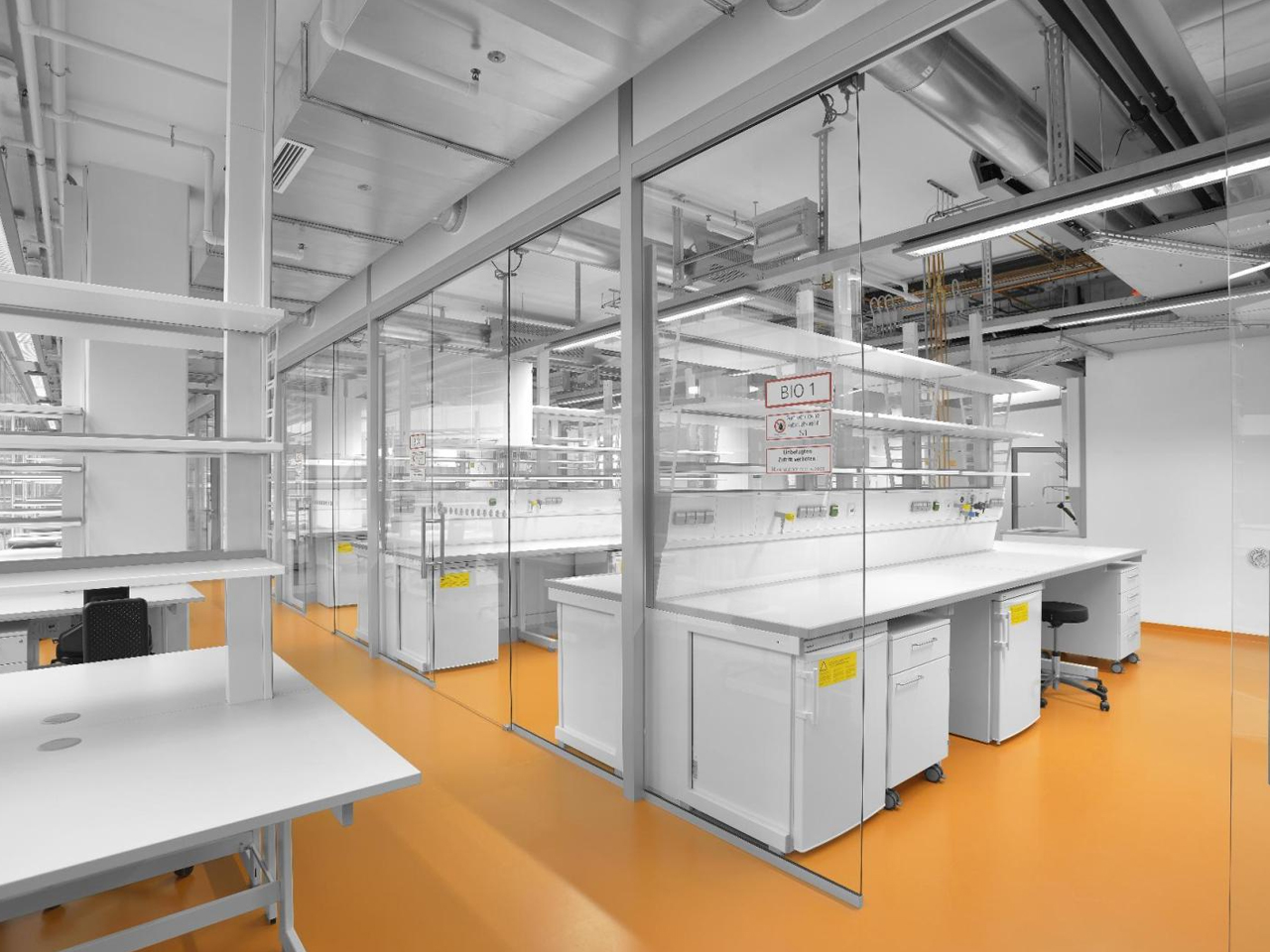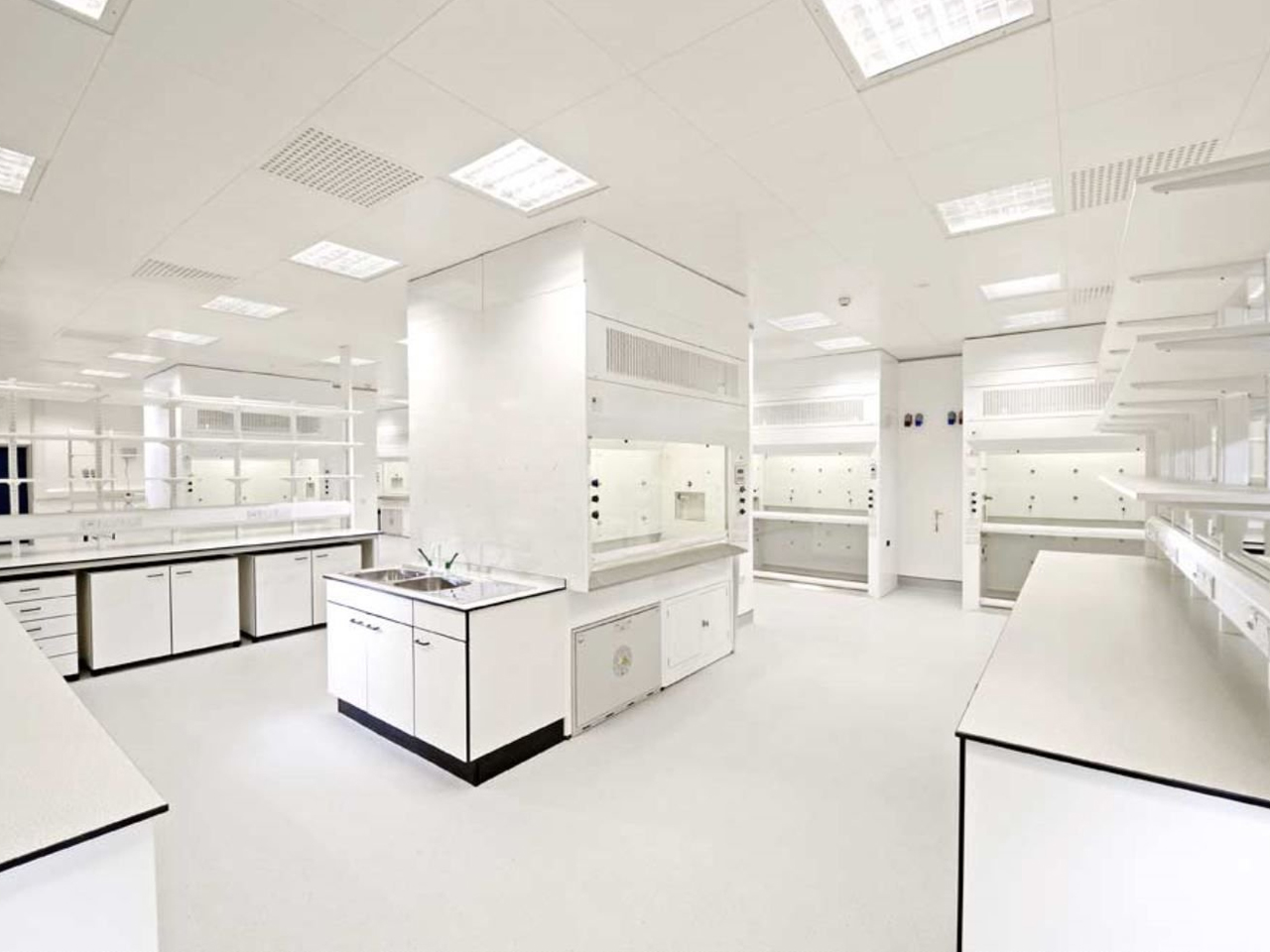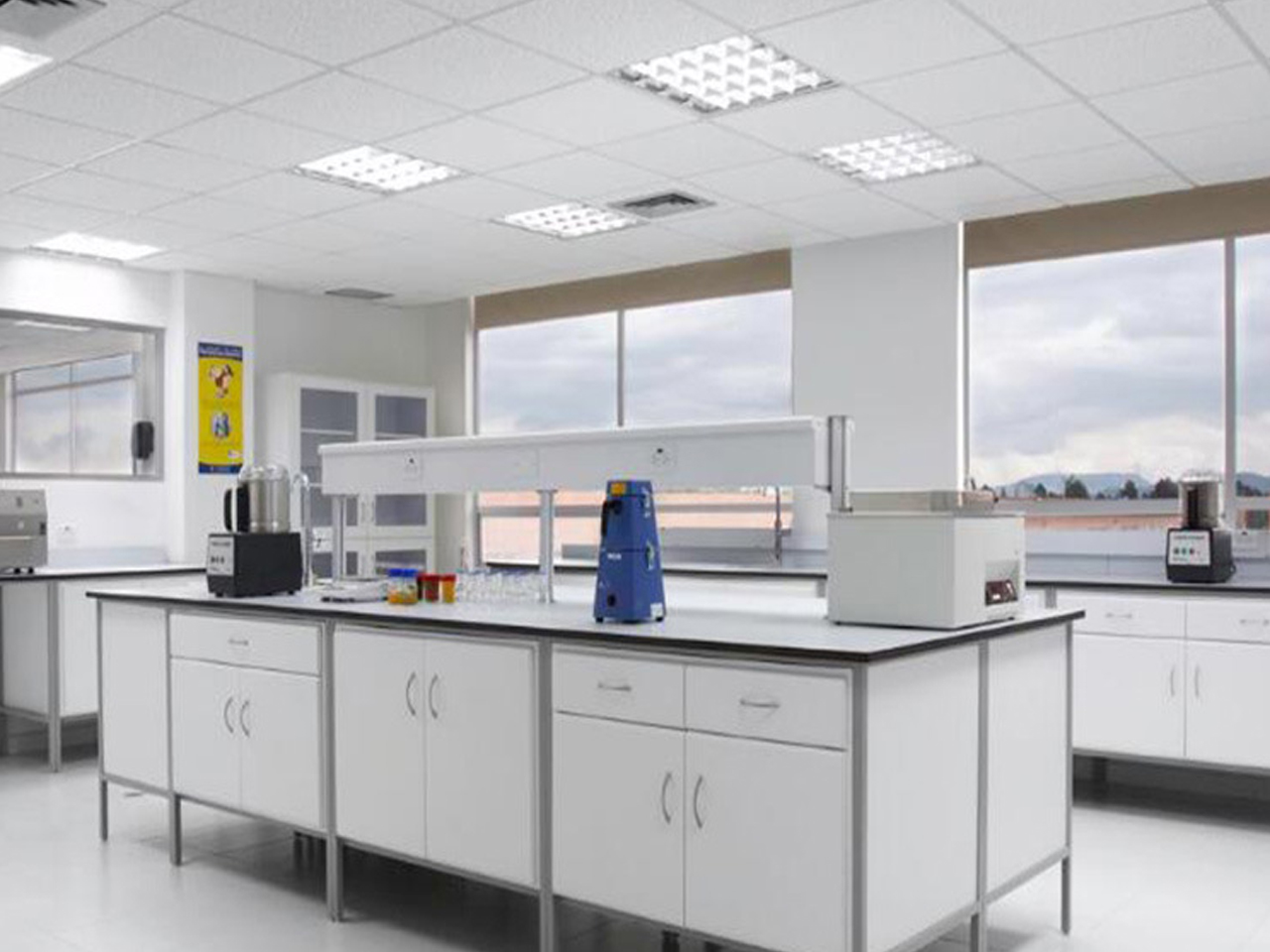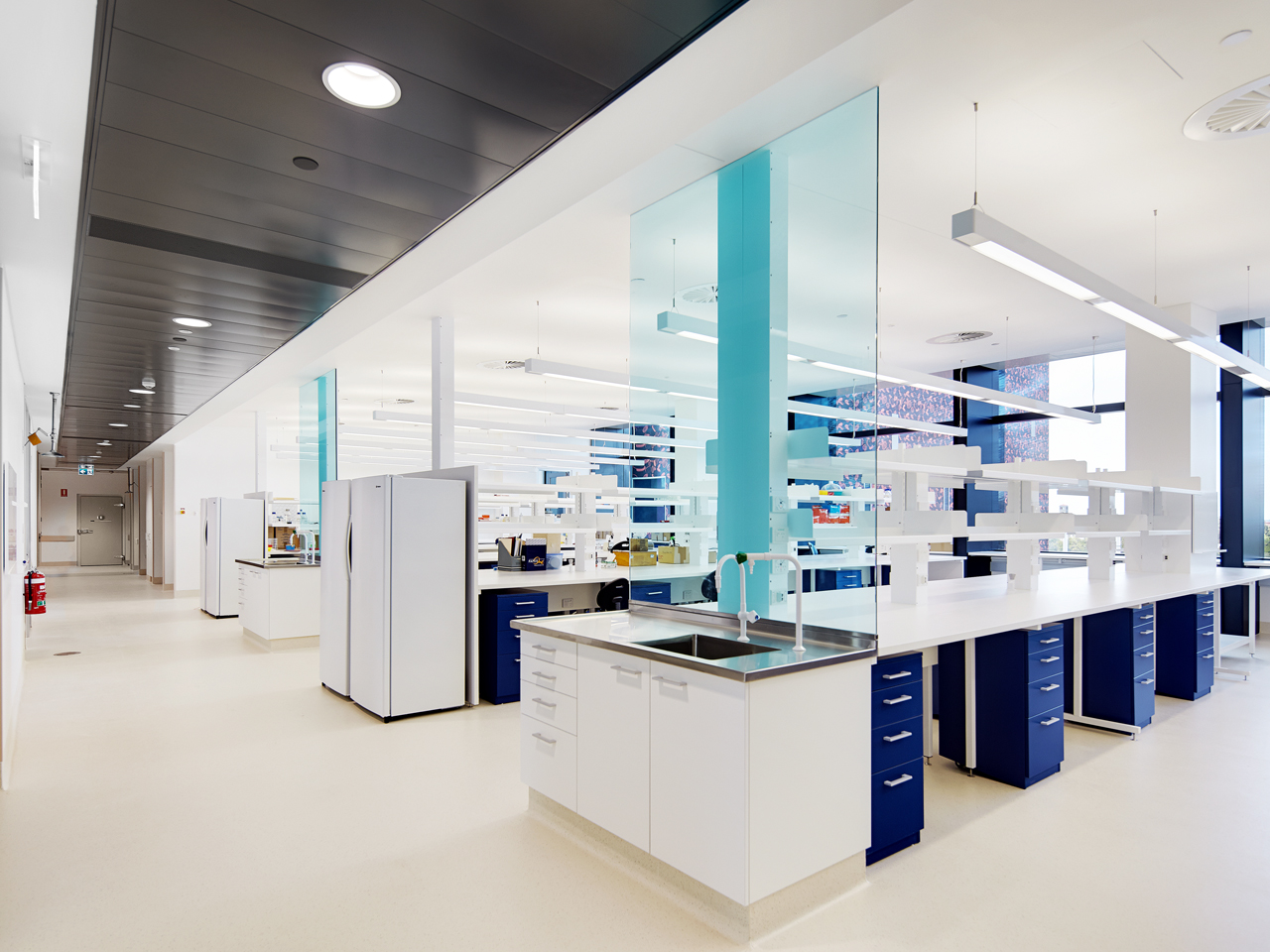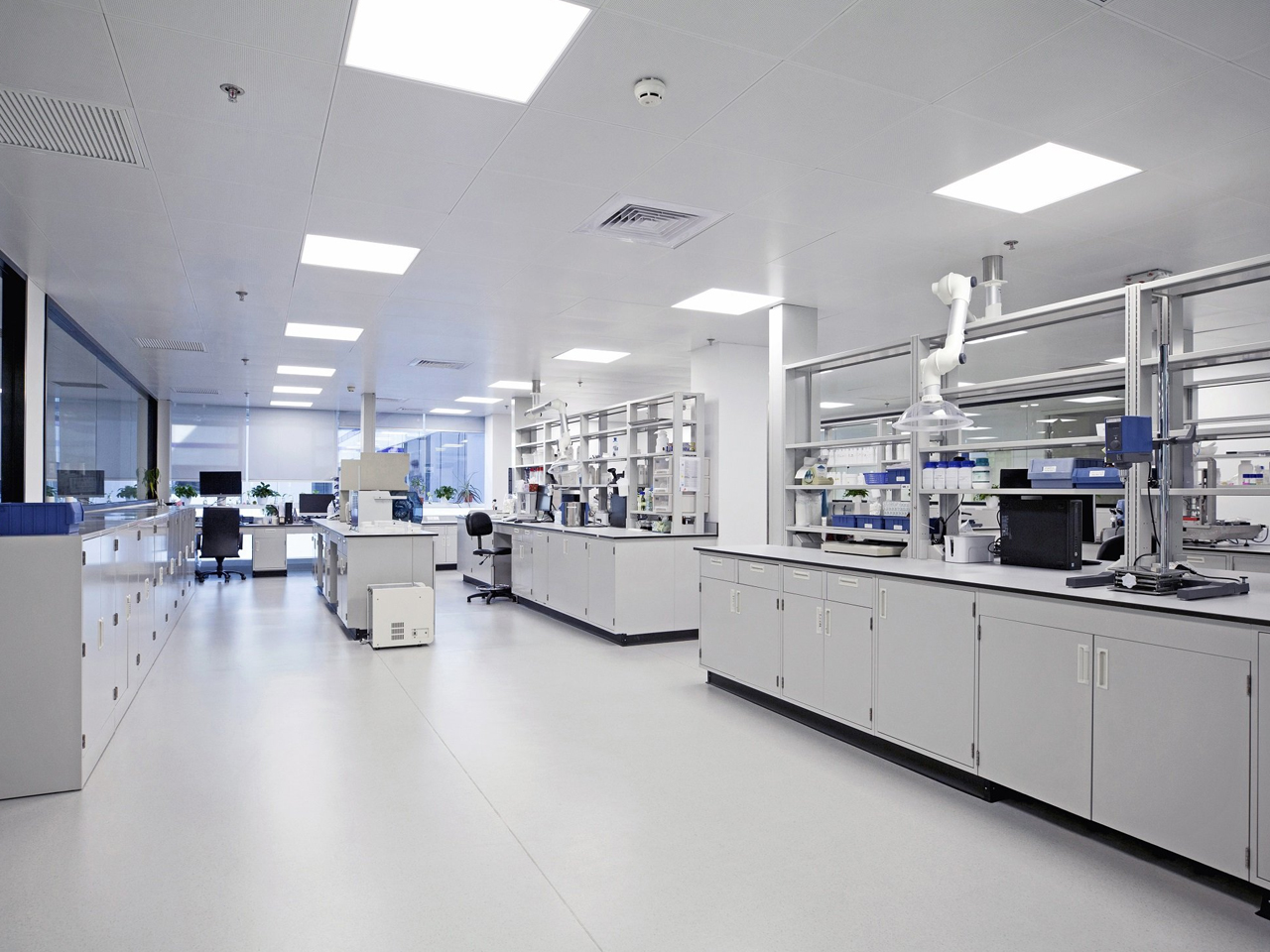LAB INTERIOR
- Home
- LAB INTERIOR
[ INDUSTRIAL ENGINEERING ]
LAB INTERIOR
- Layout and Space Planning: Designing a layout that optimizes workflow and allows for efficient movement of garments and materials between testing stations.
- Specialized Equipment Installation: Installing equipment such as testing machines, fabric testers, color assessment cabinets, and humidity control systems to ensure accurate testing conditions.
- Storage Solutions: Incorporating storage areas for storing samples, fabrics, and testing equipment in an organized manner to facilitate easy access and retrieval.
- Lighting Design: Implementing appropriate lighting, including natural and artificial sources, to ensure accurate color assessment and inspection of garments.
- Ventilation and Air Quality: Installing ventilation systems to maintain air quality and control temperature and humidity levels within the laboratory.
- Safety Considerations: Incorporating safety measures such as fire extinguishers, emergency exits, and appropriate signage to ensure a safe working environment.
- Aesthetic Elements: Choosing finishes, colors, and materials that are both functional and aesthetically pleasing, creating a professional and inviting atmosphere for employees and clients.
- Workstations and Furniture: Selecting ergonomic furniture and workstations that support the tasks performed in the laboratory, such as testing tables, workbenches, and seating for staff and visitors.
- Acoustic Treatment: Implementing measures to minimize noise levels within the laboratory, ensuring a conducive environment for concentration and focus during testing procedures.
